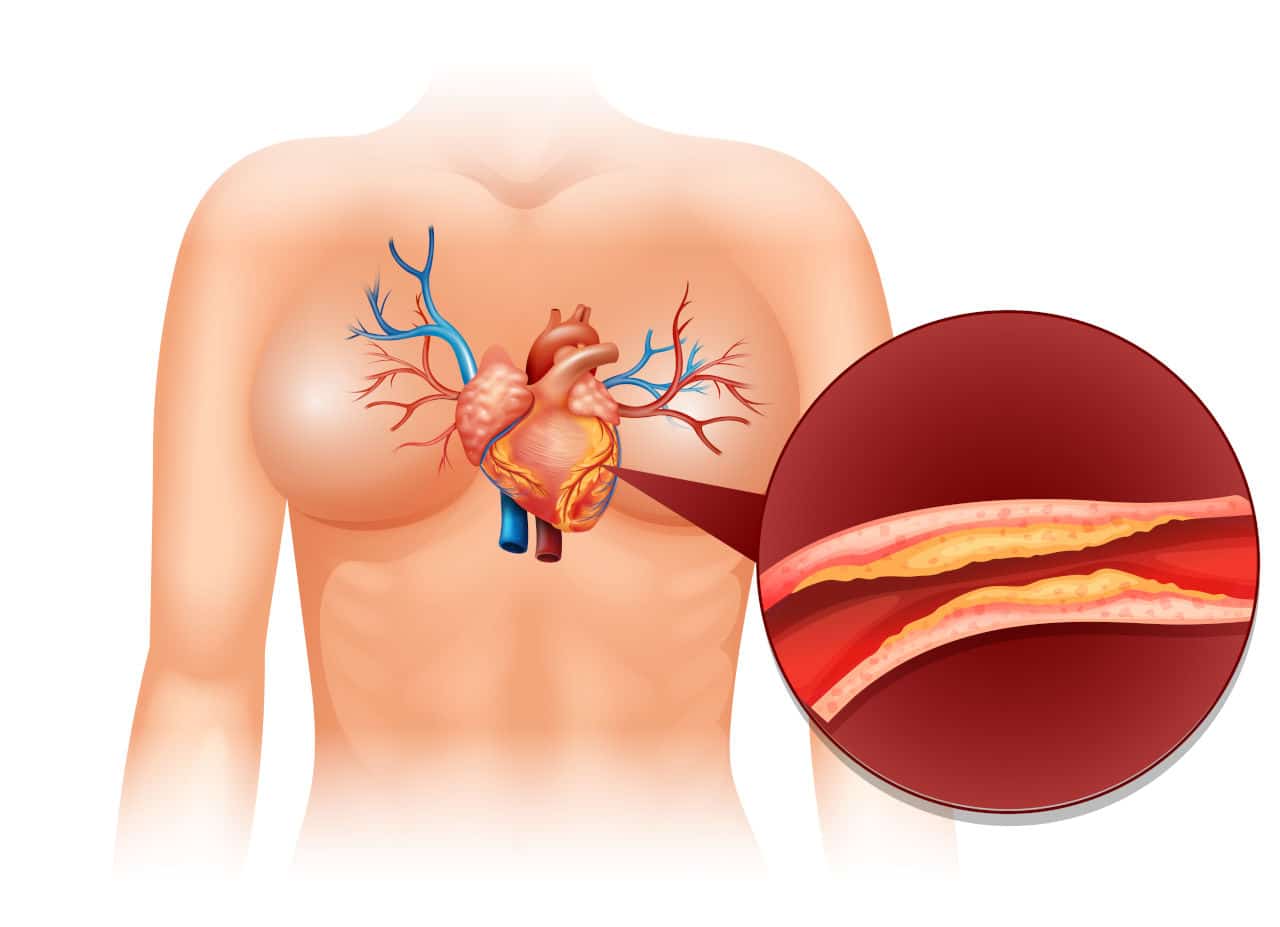Stroke is the dangerous interruption and reduction of blood flow to the brain. There are two types of stroke, ischemic and hemorrhagic stroke. The most frequent type is ischemic stroke.
Ischemic stroke occurs when blood vessels that supply the brain with oxygen and nutrients become blocked or significantly narrowed. The blockage can be from accumulated fatty deposits in the arteries or blood clots. Brain cells start to degenerate within minutes.
Each year, around 795,000 people in the United States suffer a stroke. Approximately 87% of these strokes are ischemic, making them the most prevalent form.
Time is crucial when it comes to strokes. The likelihood of morbidity or fatality is decreased the earlier a stroke is recognized and treated by medical specialists.
Types Of Medical Malpractice That Can Occur In A Case Of Ischemic Stroke
Most medical malpractice claims concerning stroke treatment center on claims that a physician or facility failed to recognize the stroke in time. They could also fail to deliver the clot-busting medication known as tPA (tissue plasminogen activator).
tPA Treatment
tPA is a blood thinner that aids in dissolving clots to allow blood to flow freely to the brain. This medication is frequently referred to in the United States by its generic name, alteplase.
Since tPA is a blood thinner, there is some risk associated with using it. This is because it has the potential to either cause or exacerbates many disorders.
To employ tPA safely, it must be established that certain conditions don’t exist. Additionally, it must be provided within 4.5 hours after the onset of the first symptoms. This helps to avoid serious consequences, including hemorrhagic transformation.
While tPA treatment has been shown to save lives, it may have the opposite effect if administered too late. When tPA is administered 4.5 hours or more after the onset of symptoms, the danger of bleeding, brain damage, and death outweighs any potential advantages.
The risk is minimal in the early stages of a stroke. However, as the stroke worsens, the blood-brain barrier weakens, increasing the likelihood of neurotoxicity.
When a patient receiving treatment for a stroke suffers harm due to a breach in the standard of care, doctors, other healthcare workers, and even healthcare organizations like hospitals may be held accountable.
In Cox v. St. John’s Hosp., the defendant’s negligent act of administering tPA to the claimant resulted in the claimant suffering severe brain damage.
Misdiagnosis of stroke
There are also circumstances where a misdiagnosis of stroke could lead to irreparable damages. Misdiagnosis can occur if the medical practitioner fails to diagnose stroke on time, misdiagnoses it for another illness, or fails to conduct an adequate examination or order the proper tests.
In the advent of any of the cases mentioned above, a patient can bring an action against the medical practitioner for a breach of the standard of care.
In the case of Bubb v. Brisky, the claimant filed a lawsuit against the defendants, accusing them of failing to provide proper care. The claimant claimed that the defendant negligently failed to meet the accepted standards of medical treatment by failing to properly diagnose and treat the claimant’s ailment before it progressed into a stroke.

The Place of Medical Animation in Ischemic Stroke Malpractice Claims
Stroke medical malpractice cases have a variety of legal justifications, but they are more complex than a surgical instrument left inside a patient. Establishing medical malpractice in stroke cases is more challenging than in other situations.
AHA Journals published a scientific study on stroke medical malpractice claims. In the study, the American Heart Association looked at 246 stroke claims. They discovered that the patients in these circumstances made up 56% of those who received ZERO payments. Only 17% of the claims that went to trial successfully got a favorable judgment.
The question now is, why then, are stroke medical malpractice lawsuits so challenging to establish?
The reason is because of the many complexities involved in ischemic stroke malpractice. The complexities result from the ambiguous, overlapping symptoms of ischemic stroke, varying complications and risk factors, and the broad scope of ischemic stroke malpractice.
This is why it is imperative to utilize medical animation in cases of stroke malpractice.
In cases of misdiagnosis, for instance, an animation will highlight how the misdiagnosis had led to the patient receiving the wrong treatment, which resulted in a long-term disability or death.
Moreover, in instances where the victim had to wait too long for a CT scan or an MRI, which resulted in the passing of the window period for tPA administration, medical animation can illustrate the harm this has caused the victim. The animation can show how, if the tPA had been administered, the patient could have had good recovery with minor or no neurologic deficit.
The plaintiff’s attorneys’ use of medical animations to highlight the main elements of their argument contributes to the development of sympathy for the suffering that their client(s) underwent. This is an excellent strategy to use to influence the jury’s verdict in your favor.

Conclusion
Medical animation is a visual scientific tool used for communicating and simplifying critical processes and information to the jury.
Hence, to be successful in an ischemic malpractice claim, it is essential to partner with a medical animation company with extensive experience with medical malpractice cases.
At Fox-AE, our success stories speak of our competence in creating demonstrative exhibits for medical malpractice cases. We work closely with attorneys and expert witnesses on a case to ensure we deliver an exhibit that clearly and accurately illustrates their opinions and facts of the case.






